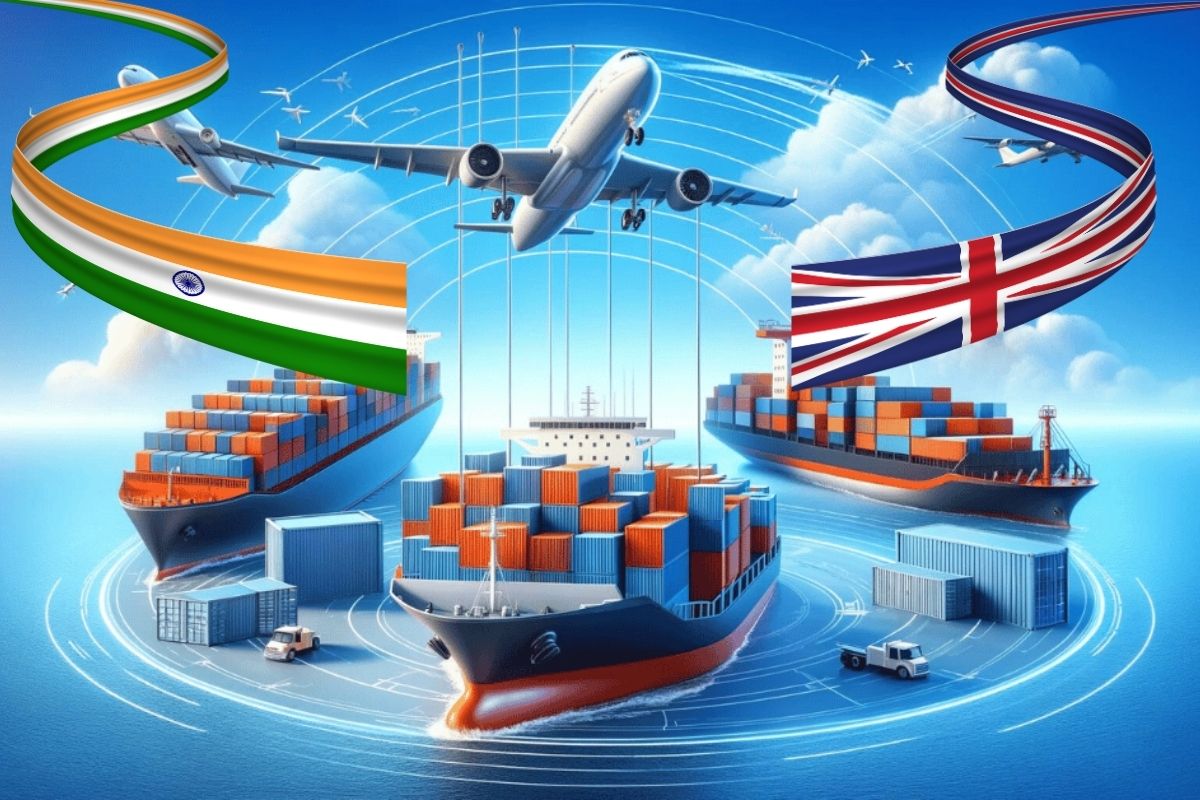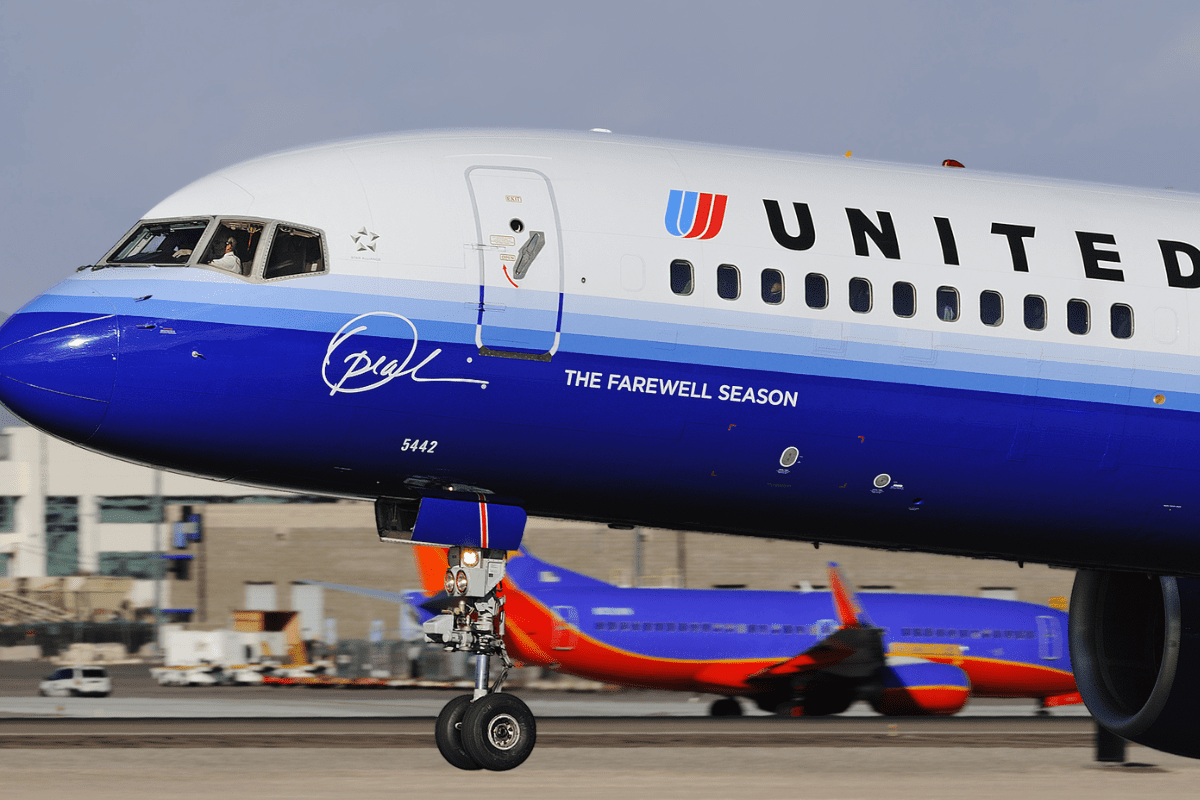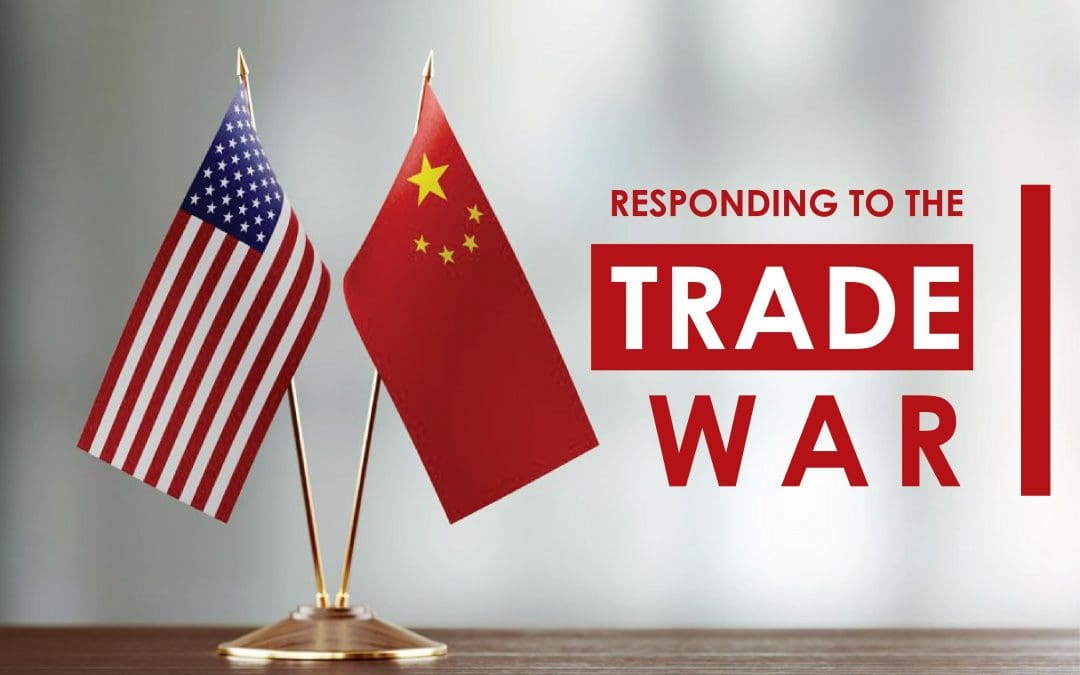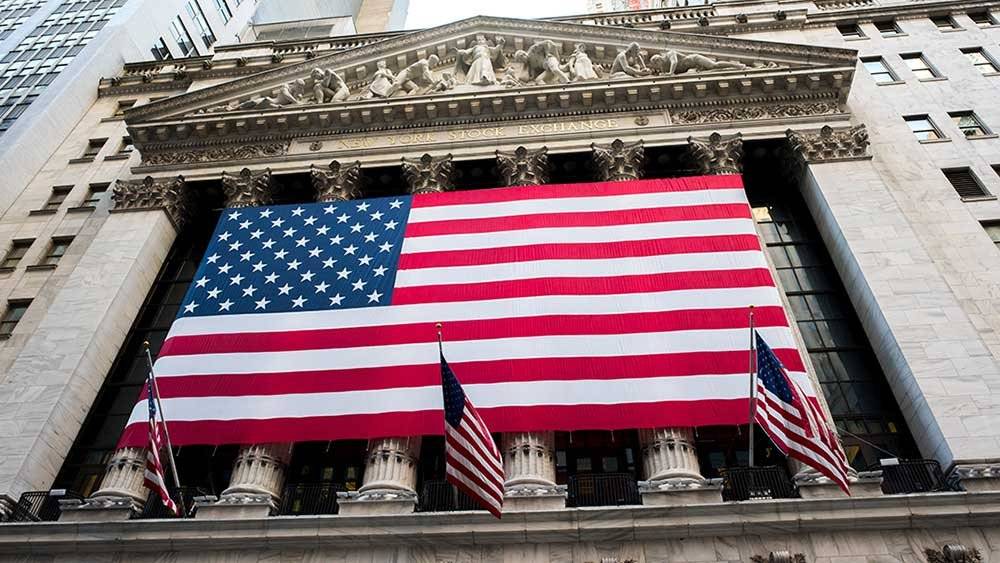On May 6, India and the United Kingdom successfully finished their three-year official talks for a Free Trade Agreement (FTA).
Table of Contents
Prime Minister Narendra Modi described it as a ‘historic milestone’, while his counterpart, UK Prime Minister Keir Starmer, described it as heralding ‘a new era for trade and the economy’. The FTA will grant zero tariff access to 99% of India’s goods exports to the UK.
The FTA will boost labor and technology-intensive manufacturing and generate export opportunities for textiles, marine products, leather, footwear, sports goods and toys, gems and jewellery, engineering goods, auto components and engines, and organic chemicals.
A wide range of services, including financial, professional, and educational services, will benefit from the FTA’s service-related duties, as well as the Double Contribution Convention (DCC), which will be signed concurrently with the FTA.
The DCC exempts temporary Indian workers and their companies from paying social security contributions in the UK for three years.
For the UK, the agreement will reduce Indian tariffs on essential products like as whiskey, cosmetics, and medical gadgets, resulting in reductions on 90% of tariff lines for UK exports to India, with 85% becoming totally tariff-free within a decade.
Whisky and gin taxes will be cut in half from 150% to 75% before falling to 40% by year ten of the agreement, while vehicle tariffs would be reduced from more than 100% to 10% under quota.
“It important that the world’s fifth and sixth largest economies establish a trade agreement. “Such an agreement demonstrates the positive momentum in the UK-India relationship, the commitment and ambition of both governments, and the opportunities for increased trade, investment, and collaboration between our countries,
” says Richard Heald, Chair of the UK India Business Council.
According to remarks from negotiation partners and industry stakeholders, the deal will benefit all parties involved. If that’s the case, when will it be implemented?
Some procedures must be followed under the Free Trade Agreement
Most importantly, India and the UK have only agreed on broad criteria and a draft text. The countries will need to first finalize the text.
Every phrase will have to be legally vetted by both sides. Once this is completed, the governments will sign the pact.
Before it can take effect, the FTA must also be approved by the UK Parliament.
The date of implementation will be determined by the pace at which these processes are performed. And then the exact, immediate, short-term, and long-term impact of THE FTA will be understood.
What are the benefits for India?
- All industrial goods are at ‘Zero duty’ on entry into force.
- No Duty on sensitive agri-products
- Growth in Bilateral Trade: The agreement aims to double trade volume between India and the UK from $60 billion to $120 billion by 2030.
- Lower Prices for UK Imports: Tariffs on Scotch whisky and UK automobiles will be significantly reduced, making luxury cars and premium spirits more affordable in India
- Boost to Key Industries: Sectors like textiles, leather, gems and jewellery, auto components, chemicals, and machinery will benefit from reduced tariffs, making Indian products more competitive
Read more
Sunoco Expands Horizons with $9.1 Billion Canada’s Parkland Buy
Harley-Davidson Sales Tariffs and economic jitters slow down

Jessica Hill is a dedicated journalist specializing in crypto news, with a profound interest in blockchain technology and digital currencies. With extensive experience in the financial sector, Jessica provides insightful analysis and in-depth coverage of the rapidly evolving cryptocurrency landscape. Her articles explore the intersection of technology, finance, and regulation, offering readers a nuanced perspective on developments within the crypto industry.







